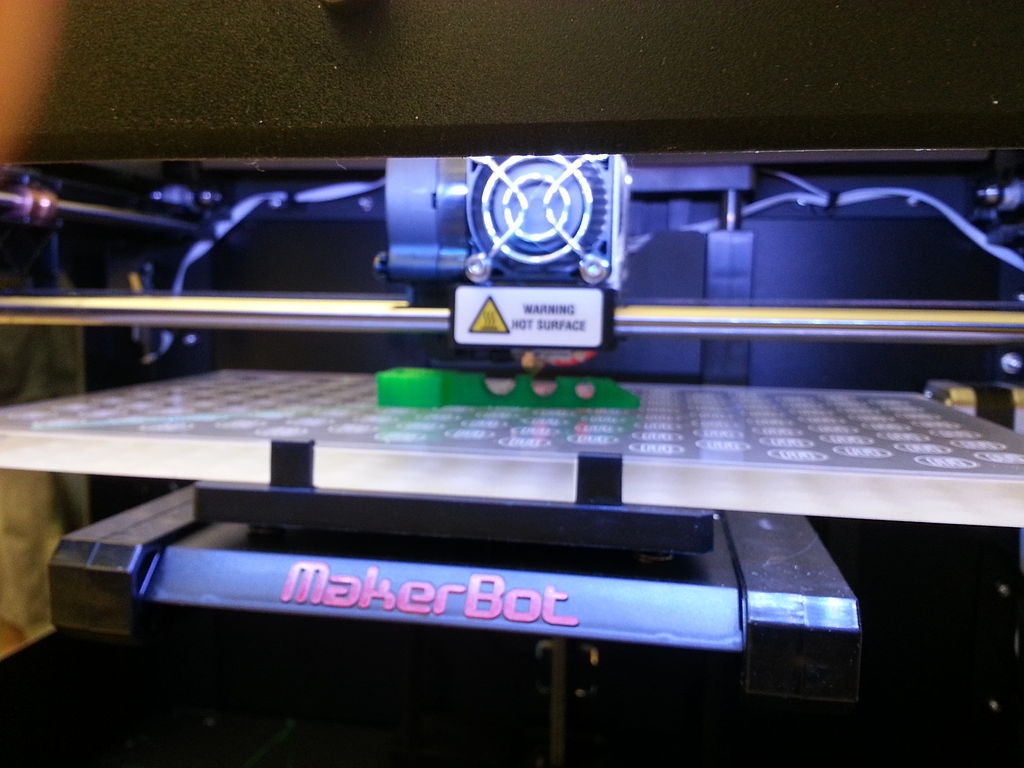San Diego – Imagine printing a picture on a piece of paper, and printing over it repeatedly such that the picture ‘grows’ out of the paper and into a three-dimensional structure. Researchers from University of California, San Diego and collaborators from Zhejiang University did that, but with biocompatible polymers instead of regular ink to form complex three-dimensional scaffolds. The researchers can then inject living cells into these scaffolds to create artificial organs.
This new fabrication method was published in Advanced Materials last week. The speed and versatility of the technique makes it possible to accelerate or scale up the current artificial organ production process.
To make a scaffold, the scientists sliced up a three-dimensional model into cross-sections, loaded the images into a computer-controlled platform and printed them out one on top of another with the polymers to rebuild it. These scaffolds can be precisely reproduced from their blueprints within seconds.
In the preliminary studies, live cells placed in the scaffolds managed to recognize and align themselves to scaffold shapes during cell reproduction, showing that cell organization can be guided or even controlled with the scaffolds.
According to co-author Dr. Xin Qu, his team is “only proving the concept at this moment,” and there are still a few limitations to overcome. For example, the scaffold must be stimulated by ultraviolet light during the printing process for it to respond to the images and print correctly. A safer alternative would be to use visible light to reduce the chances of genetic mutations in the cells.
